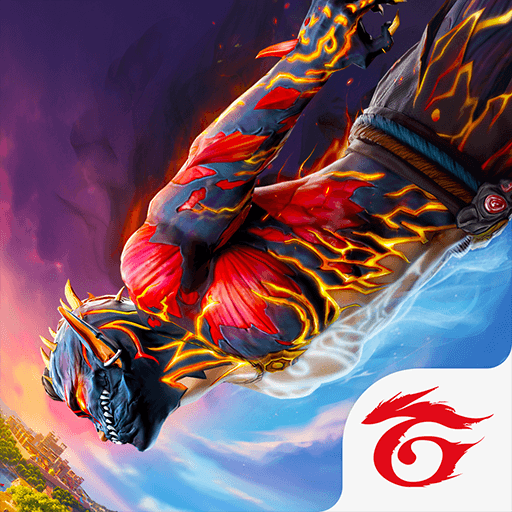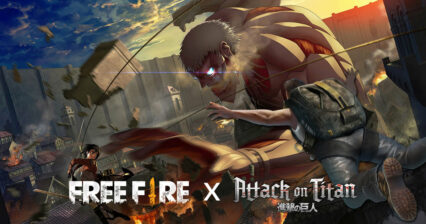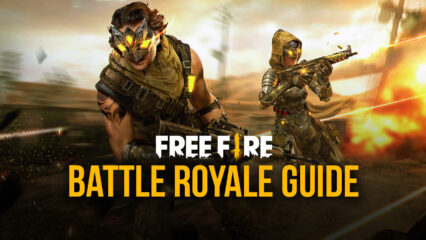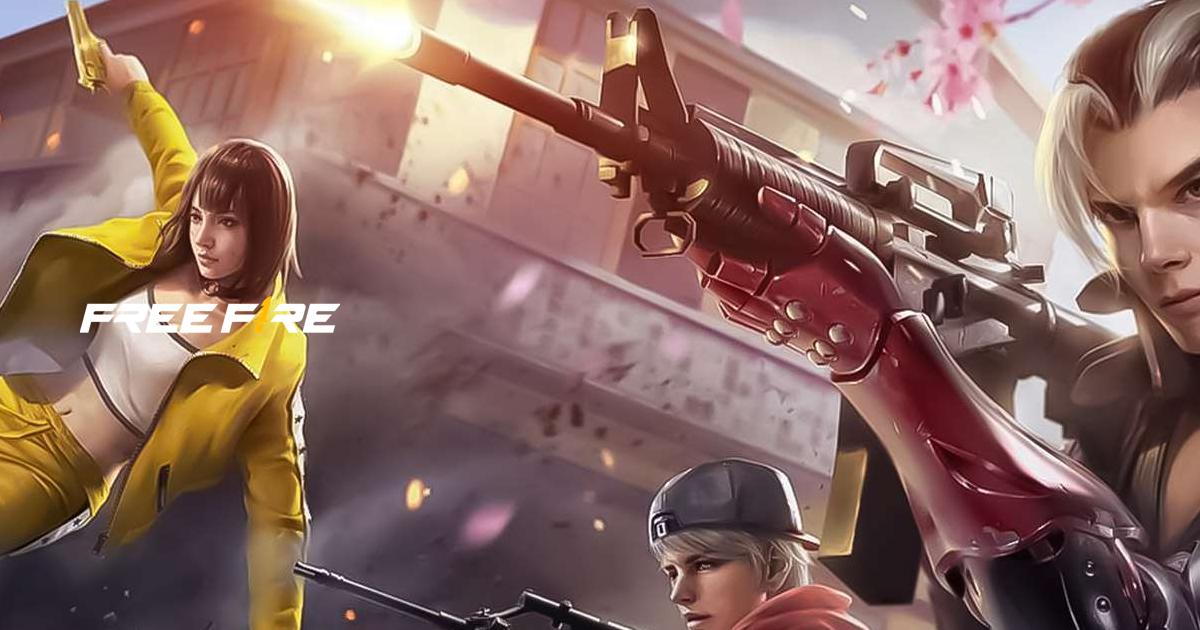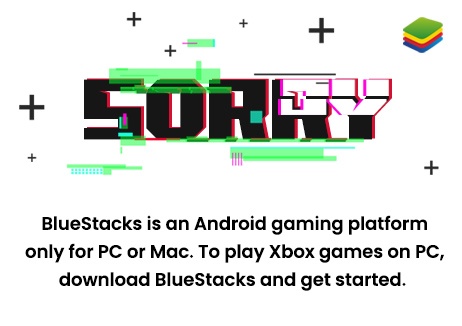Free Fire Character Abilities Explained – Full Guide to Active and Passive Skills
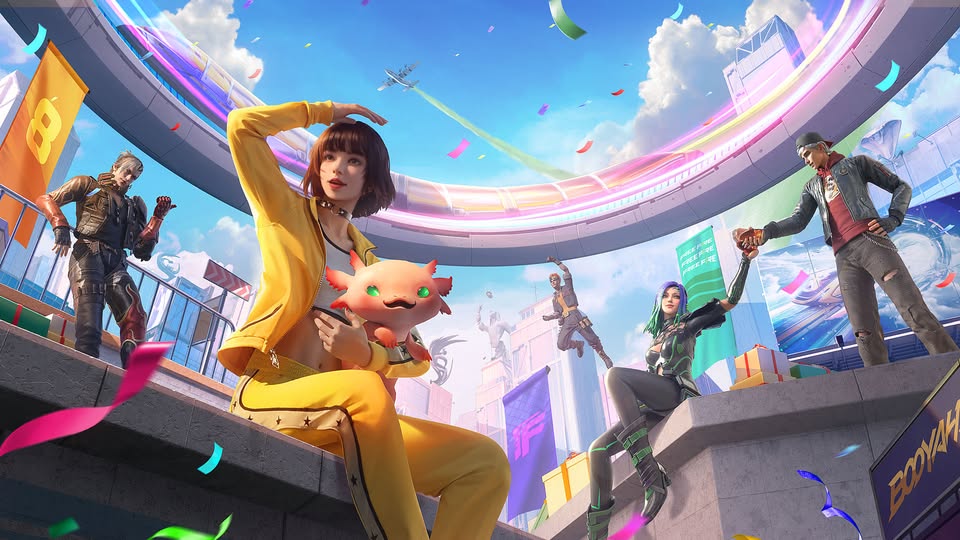
Free Fire’s character ability system sets it apart from other mobile battle royale titles. Instead of anonymous skins, each character brings a unique skill that can significantly impact matches. Whether you’re engaging in a fast-paced squad encounter or holding an angle alone, abilities like healing auras or camouflage form the backbone of your strategy.
In this comprehensive guide, you’ll discover how Free Fire’s active and passive abilities work, how to mix them for maximum effectiveness, and how to upgrade and awaken characters to push your gameplay to the next level. Whether you’re new to the system or aiming to refine your loadout, this guide dives into every detail. For an introduction to the game, check out our Beginner’s Guide for Free Fire!
What You Need to Know About Active and Passive Skills
Free Fire structures its ability system around two primary skill classes that define the playstyle of each character:
Active Skills
- Require manual activation with a cooldown timer.
- Provide strong, short-term advantages such as healing, shielding, or stealth.
- Timing their use is critical for maximizing utility.
- Examples include:
- Alok – Drop the Beat: Emits a 5-meter aura that restores HP and boosts movement.
- Skyler – Riptide Rhythm: Instantly breaks nearby gloo walls and recovers health when deploying new ones.
- Wukong – Camouflage: Allows players to morph into a bush, blending with the environment briefly.
Passive Skills
- Automatically active with no cooldown requirement.
- Provide consistent buffs without player input.
- Ideal for players focused on engagement and movement rather than managing cooldowns.
- Examples include:
- Hayato – Bushido: Increases armor penetration as health decreases.
- Jai – Raging Reload: Automatically reloads part of the magazine after downing an enemy.
- Kelly – Dash: Grants a permanent increase in sprinting speed.

Skill Loadout System – How It Works
Skill Slots
- You can equip one active and three passive abilities per match.
- The active skill must be tied to your main character, while passive skills can come from any unlocked character.
- This mix-and-match approach allows highly custom loadouts.
Example Loadout
- Active – Alok: Healing aura and speed boost for aggressive movement.
- Passive – Kelly: Enhances sprint speed for repositioning.
- Passive – Hayato: Improves late-game combat effectiveness via armor penetration.
- Passive – Moco: Reveals enemies briefly upon hitting them, aiding map awareness and team coordination.

Unlocking, Upgrading, and Awakening Abilities
Unlocking Characters
- Purchase with in-game Gold, premium Diamonds, or through events and login rewards.
- New characters are introduced regularly, offering updated skill options.
Upgrading Skills
- Use Character Fragments (specific to individual characters) or Universal Fragments (usable across characters).
- Upgrades enhance skill effectiveness—e.g., longer duration, shorter cooldowns, or stronger effect radius.
Awakening
- Available for select characters through completing specific missions.
- Awakened forms like Kelly “The Swift” or Hayato “Firebrand” offer enhanced or altered versions of base skills.
- Awaken awakenings provide permanent access to stronger skill variants once unlocked.

Choosing the Right Abilities for Your Playstyle
Your choice of abilities should align with your preferred combat role:
Rushers:
- Sorted by aggressive, close-range engagements.
- Use Alok’s aura, Kelly’s speed boost, Jota’s self-healing, and Dasha for mobility and rapid kills.
Snipers/Scouts:
- Ideal for long-range engagements.
- Abilities like Rafael’s speed reduction, Laura’s enhanced accuracy, Moco’s tagging wallhack, and Shirou’s armor-piercing get the edge in stealth play.
Defenders/Tanks:
- Focus on holding zones or shielding teammates.
- Chrono’s shield, Dimitri’s area stun, Skyler’s utility in gloo-wall control, and Olivia’s level-based support buffs are effective.
Support Roles:
- Enhance squad survivability.
- Alok and Kapella for healing, Clu’s EMP for electronic disruption, and Thiva to enable teammates to resurrect each other.
Stealth/Flankers:
- Focus on surprise and agility.
- Bush mode Wukong for untracked movement, Shani for weapon durability, Otho for damage reduction, and Clu for enemy detection.

Synergy and Team Composition
Balanced team composition is critical, especially in squad-based modes like Clash Squad:
Healer + Rusher:
- Alok plus Jota — You keep up the aggression while sustaining through fights.
Scout + Long-Range Support:
- Moco tagging enemies for Rafael or Laura — This combination punches above its weight for ranged control.
Tank + Breaker:
- Chrono for defensive positioning, Skyler to destroy opponent cover like gloo walls, opening field opportunities.
Synergy between active and passive skills often proves more game-changing than raw firepower.

Mastering the Meta – Tips and Strategy
- Prioritize Cooldown Management: Optimize active skill usage for mid-fight engagements.
- Adapt to New Updates: Meta shifts with balance patches and new character releases. Stay updated.
- Watch Pro/Stream Gameplay: Learn from high-level players combining unconventional but powerful setups.
- Practice situational flexibility: Be ready to swap a passive slot to counter specific team compositions or threats.
- Coordinate with Teammates: Share roles (healer, scout, support) to maximize team performance in Ranked.
Free Fire’s character abilities form the strategic core of gameplay. Understanding the precise mechanics behind active activation, passive buffs, loadout customization, upgrading, and awakenings lets you tailor your playstyle and team foundations. Constant experimentation with different builds based on playstyle, map layout, and teammates is the key to staying competitive.
With every new character addition and balance change, Free Fire evolves—so mastering your combinations and building synergy will make you not just a better player, but a smarter one. For the best gaming experience, play Free Fire on BlueStacks!

